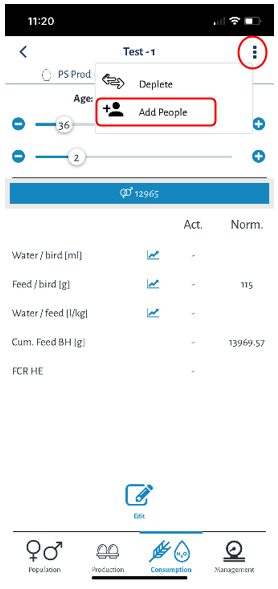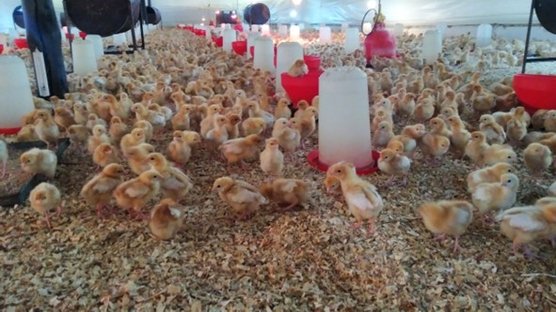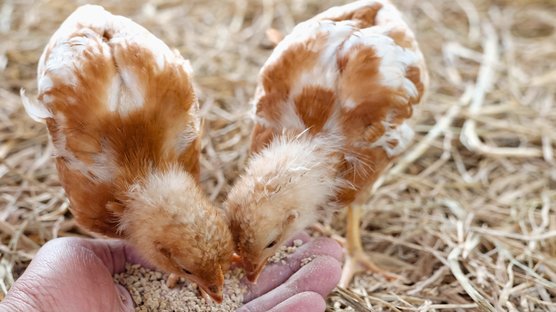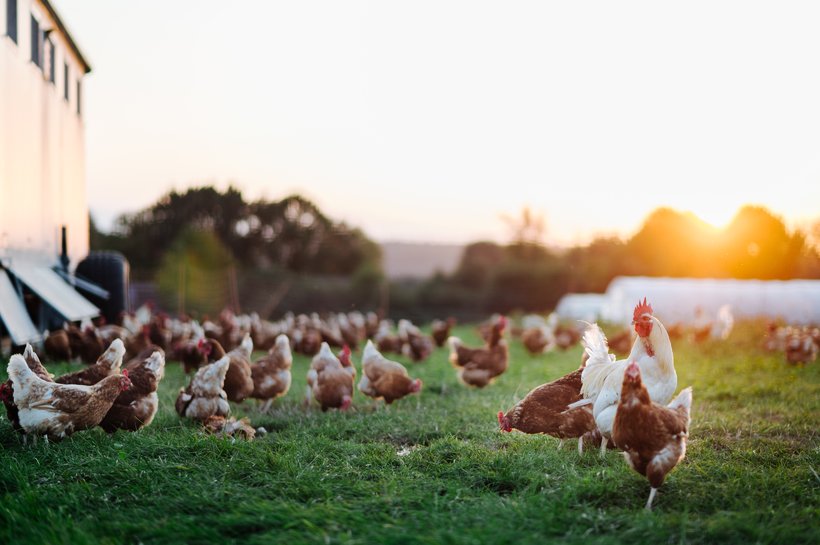
Published on March 13, 2023
PRIMA today, what’s new?
Our developers have worked hard to develop new features and include more species and multiple genetic levels in PRIMA. Discover the latest released features related to the multigeneration and multi-species module.
The multi-generation and multi-species module
We have included the option to select (grand) parents (multi-generation), allowing all poultry farmers who are keeping (grand) parent stock to start using PRIMA as well. PRIMA focuses on flock management it is not a hatchery management application. In addition, we have made PRIMA accessible to the most common poultry species, as we have added modules that include broilers, turkeys, and traditional poultry.
Let’s have a closer look at the new modules.
If you start from the main menu and click on “My Farms”, you can find the new options when creating a new house. To create a new house, you have to click on the big blue plus button at the bottom of the screen. When filling in the house details, you can select which species you want to place the house as well as generation as indicated in the pictures below. When inserting the flock details, you can also indicate the number of male birds present in the flock. The remaining information that you must indicate such as hatch date, housed date, number of females, and depletion age remain unchanged from the previous version.
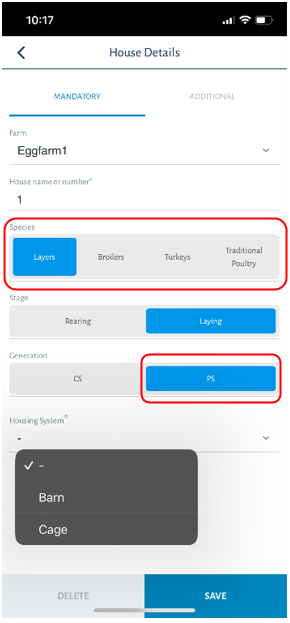

Once the house and the flock have been created, you can now start with collecting and visualizing data about males. Examples are indicated in the pictures below showing the “Population” group. All the groups of KPIs at the bottom of the screens have been slightly modified. In the “Population” group it is now possible to switch viewing and editing between males and females as well as in the “Management” group.

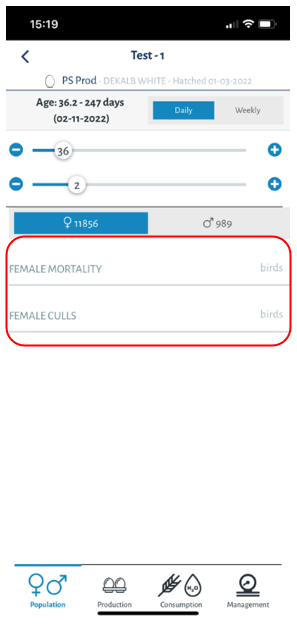
Here, it is with the males.
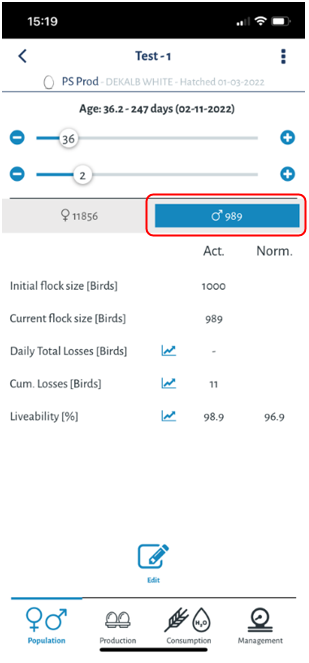
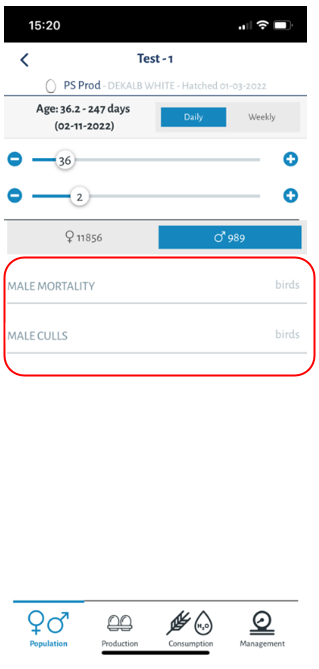
The “Production” group, like the previous version, focuses on productivity traits and is only available for the laying stage. The peculiarity of the new version is the additional KPIs that pinpoint the hatching eggs.
The “Consumption” group remained basically unchanged, but it shows the total consumption traits of males and females summed up together.
Similarly, to the previous version, you can click on the blue arrow icon, where available, next to a specific KPI, to visualize the graph of the KPI screen on the full screen.
Sharing flock data with others is still possible and remains a simple action in this version of the PRIMA app. When you want to share the ownership of a flock, you can simply do this by adding the e-mail address of the person with whom you want to share the flock data. Please note that this person needs to have an active PRIMA account and must therefore be registered as an active user. When visualizing a flock in any group screen (Population, Production, Consumption, Management) and clicking on the three dots menu in the top right corner you can “Add People” and fill in the e-mail address of the PRIMA user with whom you’d like to share the flock data. Three sharing options are available, “Viewer, Editor, and Owner”. The “Viewer” is a read-only mode, the “Editor” can fill in flock data, and the “Owner” can fill in data, deplete or transfer a flock, and share the flock data again with somebody else.
